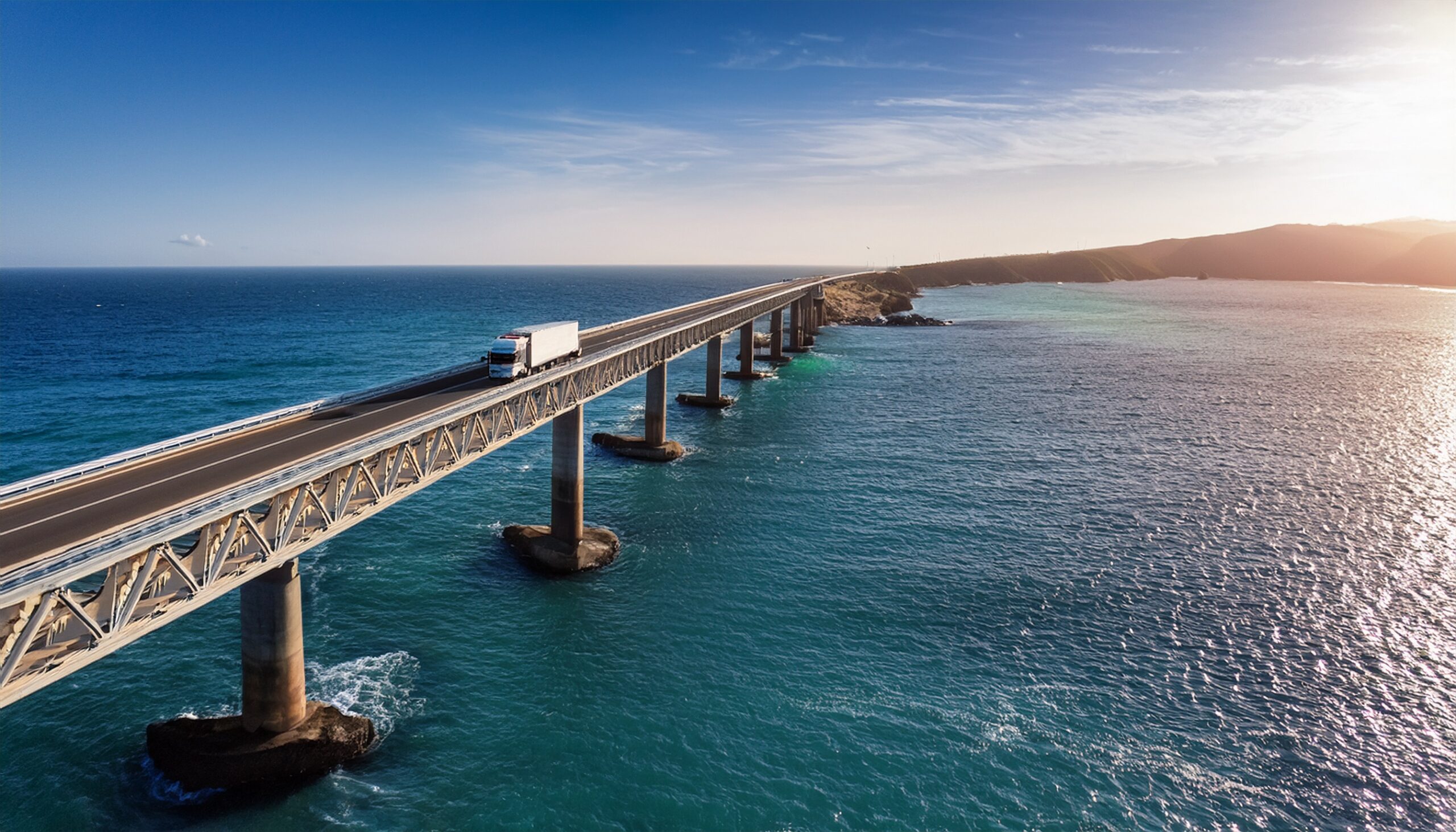The concept of establishing a physical link between India and Sri Lanka has been a topic of discussion for several decades, aiming to enhance connectivity, trade, and bilateral relations.
Historical Background
The idea of a bridge or tunnel connecting the two nations dates back to the early 19th century. In 1823, Sir Arthur Cotton surveyed the Pamban channel and suggested that dredging could facilitate navigation between India and Sri Lanka. Despite these early considerations, substantial progress was limited. In 2002, during a peace accord period, Sri Lankan Prime Minister Ranil Wickremesinghe proposed the construction of a bridge, referred to as the “Hanuman Bridge,” to strengthen ties between the countries.
Recent Developments
The proposal gained renewed attention in recent years. In June 2015, India’s Minister of Road Transport and Highways, Nitin Gadkari, submitted the proposal to the Asian Development Bank, which agreed to finance the construction. However, by December 2015, Sri Lanka’s Minister of Transport and Highways, Lakshman Kiriella, dismissed the proposal. Despite this setback, Gadkari continued promoting the bridge’s construction, and discussions persisted into 2016.
In July 2023, during Sri Lankan President Ranil Wickremesinghe’s visit to India, both nations agreed to conduct a comprehensive feasibility study for the proposed bridge. This study aims to evaluate the technical, economic, and environmental aspects of the project to determine its viability. The envisioned bridge would span approximately 23 kilometers, connecting Dhanushkodi in Tamil Nadu, India, to Talaimannar on Mannar Island, Sri Lanka. Proponents believe that such a link could significantly boost trade, tourism, and cultural exchange between the two countries.
Current Status
As of August 2024, the feasibility studies are nearing completion. The findings of these studies will play a crucial role in determining the project’s future direction. While the potential benefits are substantial, challenges such as environmental concerns, financial implications, and geopolitical considerations remain. The governments of India and Sri Lanka continue to collaborate closely, aiming to make an informed decision that aligns with the interests of both nations.
In conclusion, the proposal for an India-Sri Lanka bridge has evolved over time, reflecting the dynamic nature of bilateral relations and regional development priorities. The outcome of the ongoing feasibility studies will be pivotal in shaping the project’s trajectory in the coming years.

